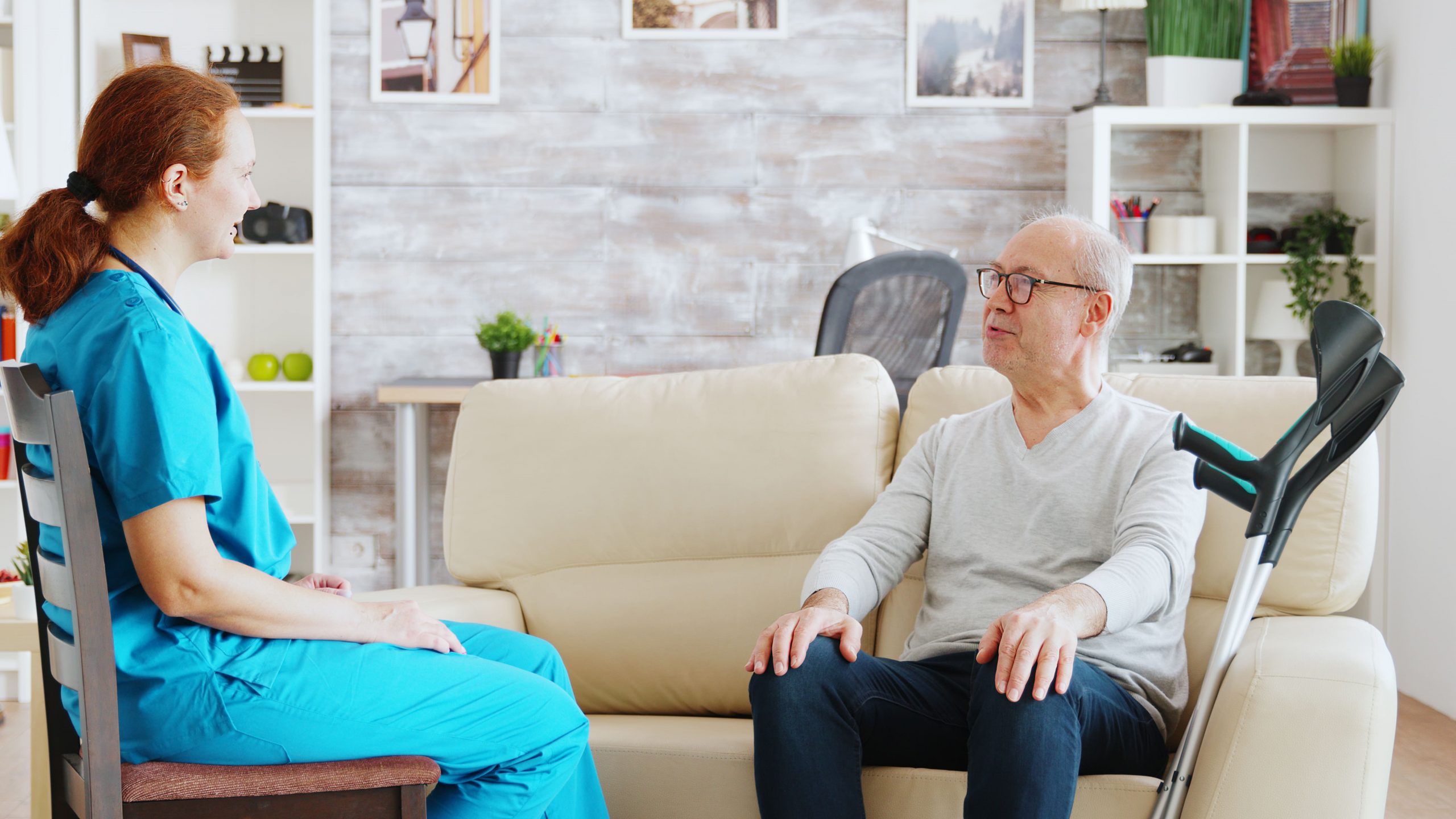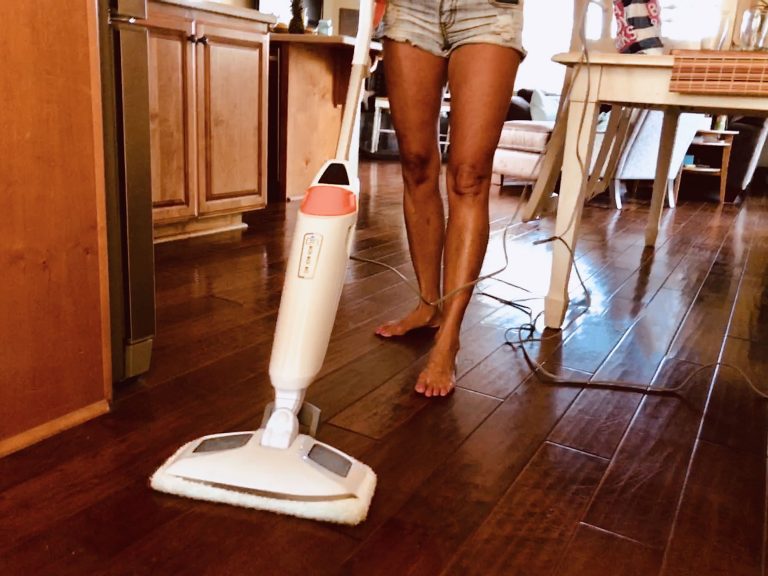
There are many ways to make a home more disabled-friendly, but it is important to consider the specific needs of the individual when making any changes. Some common modifications include:
1. Widen doorways and hallways: This will allow for wheelchair access and more maneuverability throughout the home.
2. Install ramps: Ramps can be installed at all entrances to the home as well as any stairs inside.
3. Lower light switches and electrical outlets: This will make them easier to reach for those in wheelchairs or with limited mobility.
4. Add grab bars in bathrooms and showers: Grab bars provide stability and support for those who have difficulty standing or balance problems.
5. Use non-slip flooring: This type of flooring is easier to move around on for those in wheelchairs or with walkers, and it can help prevent falls.
6. Make sure all areas of the home are well-lit: Good lighting can help prevent falls and make it easier to see for those with vision impairments.
7. Install an elevator or stair lift: An elevator or stair lift can provide access to all levels of the home for those who cannot use stairs.
Making even a few of these changes can greatly improve the accessibility of a home for someone with a disability. It is important to consult with the individual and their caregivers to ensure that all needs are being met and that the home is as safe and comfortable as possible.
Furnitures for Persons with Disabilities
There are many different types of furniture that can be used by persons with disabilities. Some furniture is designed specifically for persons with disabilities, while other furniture can be adapted for use by persons with disabilities.
Some of the most common types of furniture that can be used by persons with disabilities include:
-Beds: There are many different types of beds that can be used by persons with disabilities. Some beds are designed specifically for persons with disabilities, while other beds can be adapted for use by persons with disabilities.
-Chairs: There are many different types of chairs that can be used by persons with disabilities. Some chairs are designed specifically for persons with disabilities, while other chairs can be adapted for use by persons with disabilities.
– Tables: There are many different types of tables that can be used by persons with disabilities. Some tables are designed specifically for persons with disabilities, while other tables can be adapted for use by persons with disabilities.
– Desks: There are many different types of desks that can be used by persons with disabilities. Some desks are designed specifically for persons with disabilities, while other desks can be adapted for use by persons with disabilities.
– Bathroom fixtures: There are many different types of bathroom fixtures that can be used by persons with disabilities. Some bathroom fixtures are designed specifically for persons with disabilities, while other bathroom fixtures can be adapted for use by persons with disabilities.
Appliances for Persons with Disabilities
Appliances for persons with disabilities can make everyday tasks much easier. Here are some common appliances that can help make life a little bit easier for those with disabilities:
1. Automatic Door Openers: Automatic door openers can be a great help for those who have difficulty opening doors. They can be placed on both interior and exterior doors and can be operated with a remote control or button.
2. Adjustable Beds: Adjustable beds can be raised or lowered to make it easier for those with disabilities to get in and out of bed. They can also be helpful for those who need to sleep in a reclined position.
3. Wheelchair Ramps: Wheelchair ramps can make it much easier for those in wheelchairs to get in and out of buildings. They can also be used to access public transportation.
4. Walk-in Tubs: Walk-in tubs can be a great option for those who have difficulty getting in and out of traditional bathtubs. They typically have a door that opens and closes to allow easy access.
5. Shower Chairs: Shower chairs can be very helpful for those who have difficulty standing while showering. They provide a place to sit while showering and can often be adjusted to different heights.
6. Toilet Risers: Toilet risers can be placed on top of a toilet to make it easier for someone in a wheelchair to use the restroom. They typically have arms that allow the user to steady themselves while sitting down or standing up.
7. Grab Bars: Grab bars can be placed in strategic locations around the home to provide support when getting in and out of chairs, beds, or baths, or when using the restroom.
8. Lever Door Handles: Lever door handles can be easier to use than traditional doorknobs for those with arthritis or other conditions that affect the hands. They can also be helpful for those who have difficulty gripping doorknobs.
9. Voice-Activated Devices: Voice-activated devices can be used for a variety of tasks, such as turning on lights, opening doors, or operating appliances. They can be especially helpful for those with limited mobility or dexterity.
10. Specialty Phones: There are a number of specialty phones available that are designed for those with disabilities. These phones can have features such as large buttons, amplified sound, or text-to-speech capabilities.





